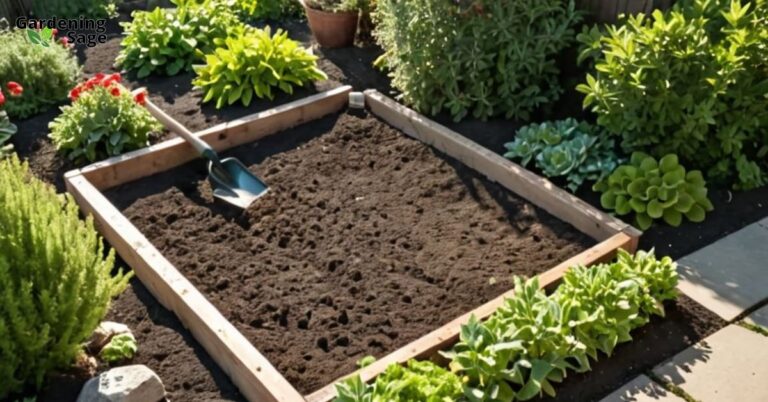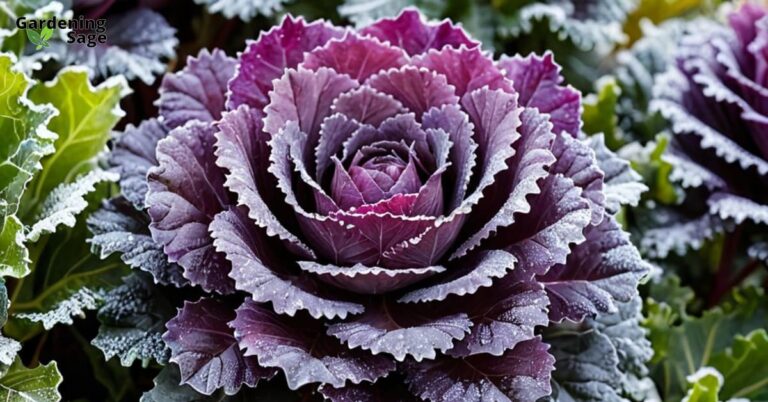Keeping Your Snake Plant Hydrated
With its striking upright leaves and minimal care needs, the snake plant, also known as Sansevieria or Mother-in-Law’s Tongue, is a popular choice for beginner gardeners and busy households. But even this hardy succulent, which is renowned for its resilience and adaptability, requires some hydration to thrive. Learning how to properly water your snake plant is key to helping it grow lush and strong, ensuring it remains a vibrant feature in your home or office.
Snake plants prefer a light watering approach since they store water in their thick, waxy leaves. Too much moisture can lead to root rot and leaf yellowing, which are common issues that can plague these otherwise low-maintenance plants. Follow these tips to keep your snake plant hydrated just right, and you’ll enjoy its air-purifying and aesthetic benefits for years to come.
Water Only When the Soil is Dry
Snake plants prefer dry soil between waterings, which mimics the arid conditions of their native environment in West Africa. Check the top few inches of soil by sticking your finger in the pot. If it’s dry, it’s time to water. If it’s still moist, hold off for a few more days. This simple test helps prevent overwatering, which is a common mistake among snake plant owners.
In general, snake plants only need water every 1-2 weeks in the summer and even less frequently in the winter when growth slows. Allowing the soil to dry out between waterings prevents overwatering and the associated risks. It’s also worth noting that the size of the pot and the humidity levels in your home can affect how quickly the soil dries out, so adjust your watering schedule accordingly.
Water Thoroughly Until It Drains
When you do water, give your snake plant a thorough soaking until water drains from the bottom of the pot. This ensures the entire root zone gets hydrated, which is essential for the health of the plant. Pouring just a little water on the top often leads to dehydrated roots, which can compromise the plant’s ability to absorb nutrients and grow.
Let the pot drain completely after watering before putting your snake plant back in its spot. Never let it sit in standing water, which can cause root rot. This is particularly important for snake plants, as their roots are especially susceptible to decay when waterlogged.
Pay Attention to Light and Temperature
How often your snake plant needs water depends on its growing conditions. Snake plants in hot, sunny spots may need more frequent watering than ones in cool, low-light locations. This is because the rate of evapotranspiration—the process by which water is transferred from the soil and plants to the air—is higher in warm conditions with more light.
Adjust your watering routine according to your plant’s environment. More light and heat leads to faster moisture loss from the leaves, so you may need to water as often as every 7-10 days in the summer. Conversely, in the winter months or in cooler, shadier spots, the watering frequency should be reduced to prevent excess moisture from accumulating in the soil.
Watch for Signs of Underwatering
If you wait too long between waterings, your snake plant may show signs of dehydration. Look for leaves turning yellow or brown at the tips or becoming wrinkled, droopy, or soft. These symptoms indicate that the plant is not receiving enough water to meet its physiological needs.
If you catch underwatering early, the plant can usually bounce back after a good, thorough watering. But repeated or severe dehydration can lead to permanent damage, including a weakened root system and a reduced ability to photosynthesize effectively. It’s crucial to strike a balance to ensure your snake plant remains healthy and vibrant.
Prevent Issues with Proper Potting
Using a pot with drainage holes is key to avoiding overwatering. A potting mix specifically formulated for succulents and cacti is ideal, as it drains quickly while still retaining some moisture. This type of mix often includes components like perlite, sand, and pumice, which help to improve drainage and aeration around the roots.
If your snake plant is potted in a heavy, moisture-retaining soil, it likely needs less frequent watering to avoid standing water around the roots. In addition to choosing the right soil, consider the material of the pot itself. Terracotta pots, for example, are porous and allow for more evaporation, which can be beneficial for snake plants that do not like to sit in moist soil for too long.














